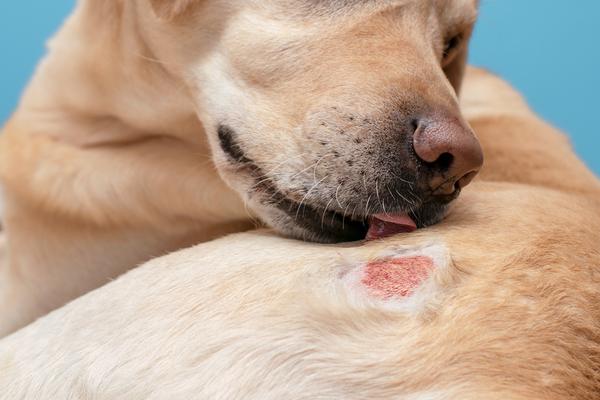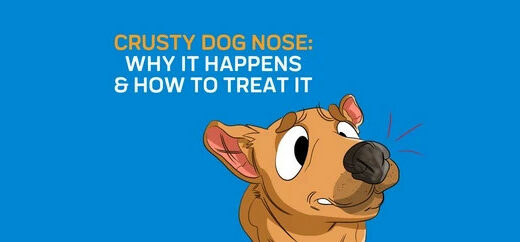
Folliculitis in dogs is a relatively common condition. It happens when the hair follicles of a dog become inflamed. This can be painful and itchy for your poor puppy!
Does Max’s coat have a “moth-eaten” look? This could be caused by inflammation of his hair follicles. Let’s take a closer look at how to spot dogs’ folliculitis, the causes of folliculitis, and possible treatments.
What Causes Folliculitis in Dogs?
There are many factors behind folliculitis and the inflammation of the skin and hair follicles. Three main culprits can cause this uncomfortable condition in Fido. Let’s explore the causes and what you can do about them!
#1. Parasites
An ectoparasite causes demodectic mange (or Demodex Canis). A dog that has this parasite may develop folliculitis. Found mostly on adult dogs, this parasite hardly ever causes symptoms associated with folliculitis in dogs.
Adult dogs have a more robust immune system and can keep the mites at bay. However, puppies are at a higher risk for Demodex due to their immature immune systems. Mites have a better chance of reproducing in this environment.
Note: In rare cases, it can occur in adult dogs with low immune systems.
#2. A fungal infection
Dermatophytosis (ringworm) is a highly contagious condition caused by an environment that harbors fungal organisms. This is yet another condition that is more prevalent in puppies. However, it can infect adult dogs if they are exposed to the organism regularly.
#3. A bacterial infection
This is one of the most common causes of folliculitis in dogs. A bacterial skin infection (or bacterial pyoderma) can create a whole host of symptoms, folliculitis being one of them. Allergies mainly cause pyoderma.
Dog breeds like boxers or cocker spaniels are more prone to skin allergies than other breeds. However, any dog can develop this condition. Identifying the allergen at the early stage is vital to eliminate any recurring problems.
Does My Dog Have Folliculitis?
The easiest way to identify folliculitis in dogs is to look at them. The “moth-eaten” look will be obvious if these dog skin problems develop on a dog that’s usually healthy-looking. The hardest part will be to determine why they have it.
Signs of Folliculitis in Dogs:
- Red looking areas on the skin
- Raised areas or swelling
- Itchy areas
- Papules (acne looking red spots)
- Pustules (raised sores filled with pus)
- Alopecia (patches of hair loss)
- Epidermal collarettes (round lesions)
- Pain in the areas that are affected
- Hyperpigmentation (dark spots found on the skin)
Dogs that are suffering from folliculitis will show one or several lesions on their body. It may start out looking much like dog acne, or those infected areas may start to become raised sores that fill with pus.
Folliculitis symptoms may range from itching to pain and even hair loss (or alopecia). Sudden hair loss is what gives folliculitis its signature “moth-eaten” appearance. In some dogs, folliculitis is easy to identify because of the sudden hair loss.
However, in some dogs, folliculitis may have a flaky or crusty appearance with round lesions on the skin. In some cases, hyperpigmentation (dark spots) may appear on the skin. The best idea is to take your dog to the vet for a professional assessment.





